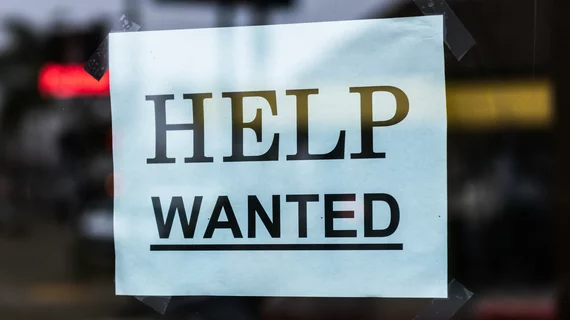Healthcare workers moonlighting for extra income
In an era marked by escalating living costs, a significant proportion of healthcare sector employees are facing a new normal: juggling multiple jobs to make ends meet.
Healthcare is second only to the hospitality industry in terms of percentage of workers with two or more jobs, according to a report from employee scheduling platform Deputy, based on an analysis of company data. Overall, the rate of shift workers taking on side gigs has doubled since 2021.
“We’re experiencing a substantial increase in poly-employment,” said Deputy CEO Silvija Martincevic in a statement, noting that young women in particular are navigating multiple jobs across industry sectors. “This isn’t just about money—it’s a deeper issue of job quality and stability. Gen Z women, who entered the workforce during a period marked by layoffs and ongoing instability, are now seeking predictable hours, sustainable work and financial security more than ever.”
The report states that 26% of healthcare shift workers are engaging in two or more jobs to sustain themselves financially. Of those, 41% are staying within the healthcare industry for their additional roles, indicating a desire for more stable and financially rewarding opportunities without leaving the healthcare field entirely.
More than three-quarters of healthcare shift workers reported struggling with cost of living, and half identified better pay a primary concern in their job searches. Across industries, 60% of those holding multiple jobs are female, with one in five Gen Z workers balancing two or more roles.
A growing trend of side gigs among healthcare workers should raise several concerns for healthcare administrators. The strain of multiple job roles could potentially impact workers’ performance, care quality and overall job satisfaction within the primary healthcare roles. Moreover, the inclination to seek additional employment within healthcare underscores that staff are hungry for more—as opposed to different—work.
The report was based on an analysis of more than 420,000 shift workers and their schedules, conducted by Shashi Karunanethy, PhD, chief economist for Australian analyst group Geografia. The full report can be downloaded here.

